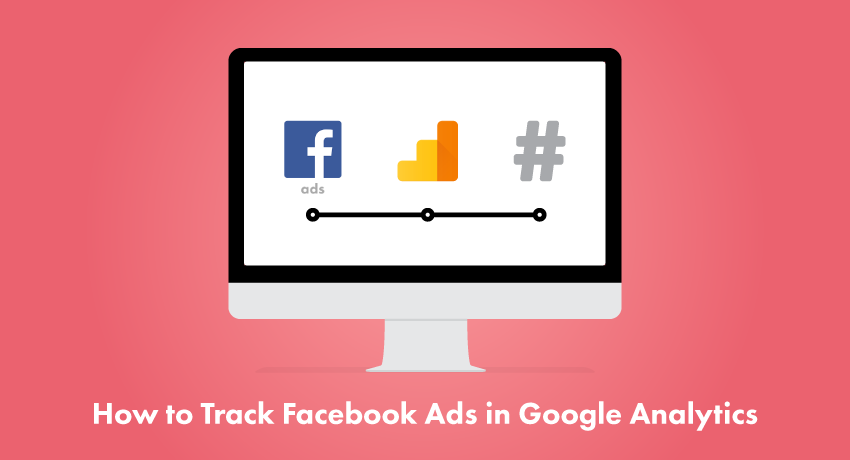Storm Barratt, Lecturer, Staffordshire Business School

The world has turned upside down but for any University, it isn’t too soon to be thinking about a return to “normal” (in whatever guise that may be) and the young students who are (hopefully) excited to leave home, albeit temporarily, and join us for the new academic year come September. Many of our thoughts are not only about the academic guidance we shall be giving but also the extra-curricular support to help these young people transition from school children to University student.
But what about the Mums (and Dads and others) who are left behind feeling bereft at their child moving on without them?
The dreaded “Empty Nest” Syndrome.
This is a very real occurrence for many and whilst I would not want to make light of it, the following is a slightly irreverent piece I wrote when my boys moved out. Was I worried and anxious? Of course. Upset and tearful? For a while. Then, over time, sanity was restored, and a delicious feeling of freedom began to creep my way.
It was picking up yet another soggy towel from the bathroom floor that tipped me over the edge. That and looking forward to a biscuit with my cup of tea when, surprise! No biscuits. ‘That’s it!’ I shrieked to my husband, ‘It’s high time they moved out’. He raised one cynical eyebrow and replied: ‘You don’t mean that; look what happened last time’.
Three years ago, both of my children left home at the same time – one to work in America, the other to his first year at university. Suddenly after 22 years of nurturing, cherishing, catering for their every need and generally interfering, my life changed in an instant with a simple, ‘Bye Mom’ and a slam of the front door.

I remember how I felt. The first few weeks I was miserable; I couldn’t concentrate, thinking about all the bad things that would befall them in their new lives. They were obviously drawn into an underworld of sex, drugs and rock and roll. My imagination ran riot and I would lie awake at night in a hot sweat as I imagined the worst, a small voice in my head whispering over and over, ‘Come back boys, all is forgiven’.
A friend of mine was so distraught when her last child moved out, she felt compelled to invite foreign students from the local university to dinner on a regular basis, then to lunch as well and before her husband knew where he was, whole weekends. He eventually put his foot down when she invited two of her new-found “family” on holiday. An amusing tale but with serious undertones. Lynn simply could not cope with not being needed. Any mother knows that the first few weeks without their children, when they first leave home can be quite traumatic.
Empty Nest Syndrome is well documented with some women falling into a deep depression, no longer a full-time mum but not quite knowing who they are.
I’d heard of the empty nest syndrome. ‘Empty Nest?’ I’d scoffed. ‘What rubbish’. Personally, I couldn’t wait for the boys to leave. I would be able to reclaim some “me time”. I would be able to do all those things that had been put on hold while the children were growing up. I would be able to please myself about what time I went out and came home, instead of creeping in at midnight to find one of them sitting on the settee, tapping his watch and saying, ‘What time do you call this?’ (Erm, who is the parent here?)

Over the past 25 years, I had been the consummate mother, taking care of my boys’ every need. Taxi, cook, chambermaid, interfering mother, you name it, I was at their beck and call (mind you, also at the beck and call of the husband but that’s a whole other issue!), and I thoroughly enjoyed it most of the time. But three years ago, both of my children left home at the same time, albeit temporarily. One to work in America, the other to his first year at university.
I wasn’t prepared for the feelings of sadness when my boys moved out. The advice dished out by well-meaning friends was that I take up a new hobby to fill my time and give me something else to think about. Distraction therapy, I think it’s called. But I didn’t want to be distracted. I didn’t want to think about anything else. I wanted my boys back – I liked my children at home.
We would come back after a night out to a dark house and eerily quiet – when they lived at home, they would leave all of the lights on even if they went out. The neighbours nicknamed our house “The Lighthouse”. We didn’t trip over the sports bags or numerous pairs of shoes in the hallway. There were no dirty pots strewn around and the kitchen looked just how I had left it. All very peculiar.

Gradually, as the weeks passed, the feelings of sadness began to subside and I noticed that, actually, there were quite a few positives now that the boys weren’t there. Not least the dramatic reduction in our electricity, food and petrol bills. I’d stopped thinking for four people and could concentrate on me and my husband. Biscuits stayed in the tin; towels were not found on the bathroom floor. A sense of freedom had returned. Admittedly I had lost my way a bit, but the peace and quiet afforded me the time to sit and think about me and my needs. My husband and I could do what we wanted to do without restriction. For the first time in 25 years, I could put ME first without the guilt trip.
I was getting used to all of this, when, just like a boomerang, they came back. You would have thought my prayers had been answered, but these were not my babies anymore. These were young, independent adults, with their own opinions, ideas and ways of doing things. Admittedly, it was nice to have them around, but it was encroaching on my new way of life. I gradually found myself sliding back into the role of chief cook and bottle washer, laundry maid and housekeeper. And, do you know, I didn’t like it very much.
So, just as the pain of childbirth has long been erased from my memory, so have the feelings of sadness at being initially separated from my children. So here we are, all together again, one big happy family but boy, am I counting the days….. Selfish? Definitely. Guilty? Definitely not. Empty Nest? Bring it on…biscuit anyone?



































